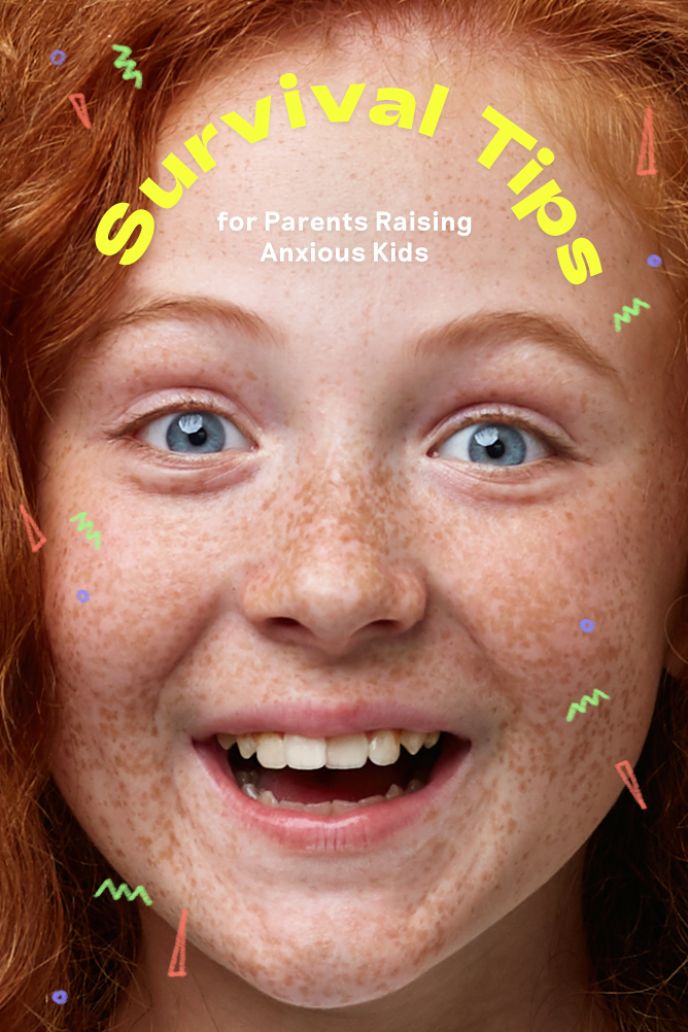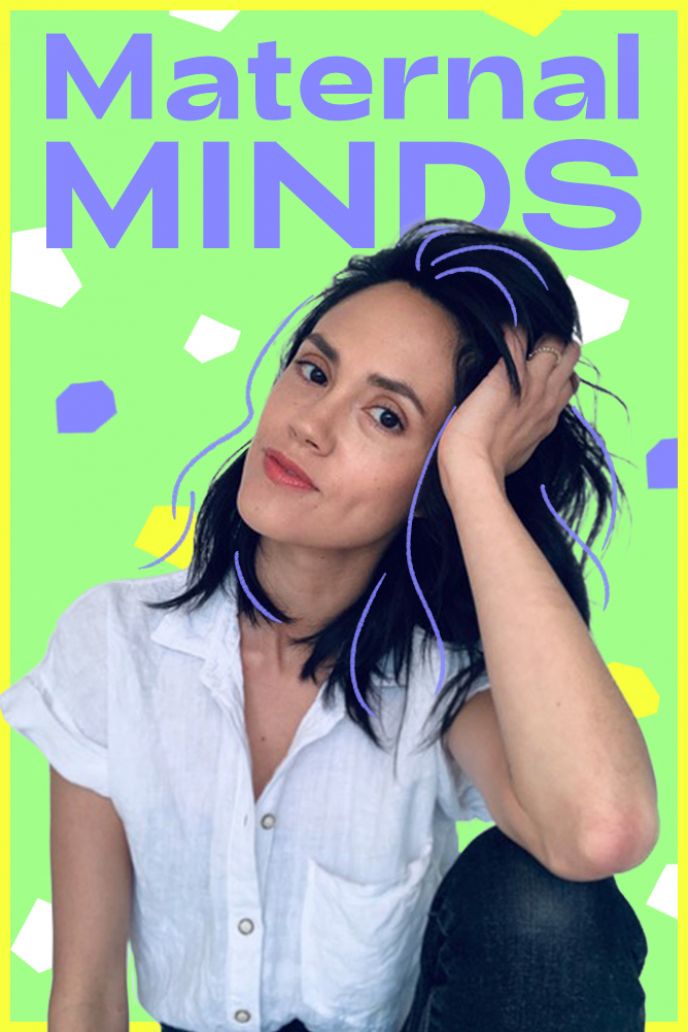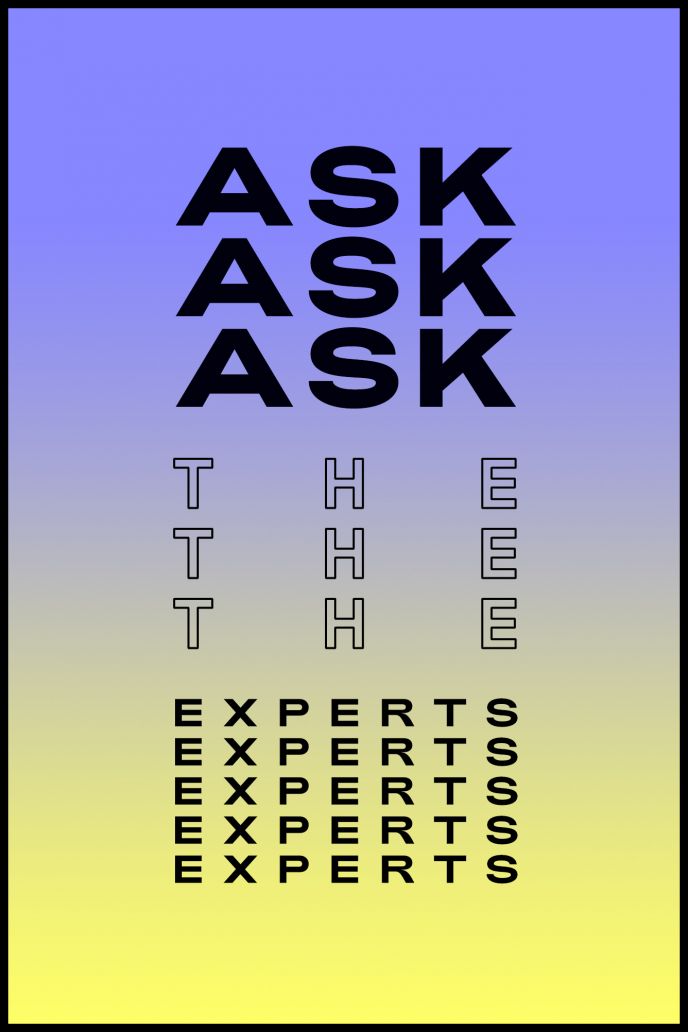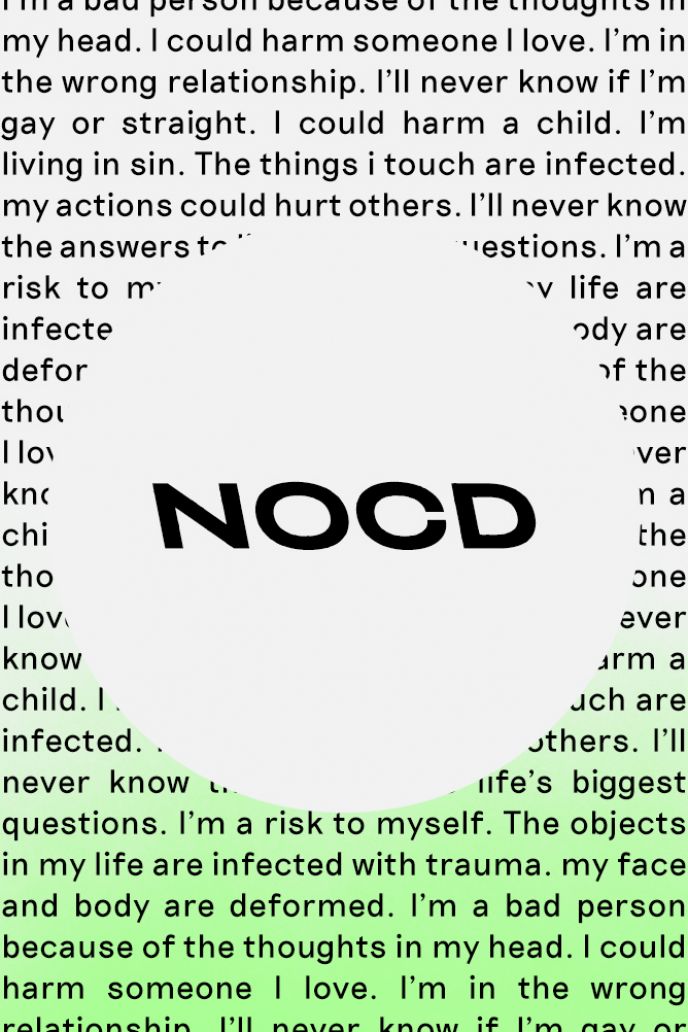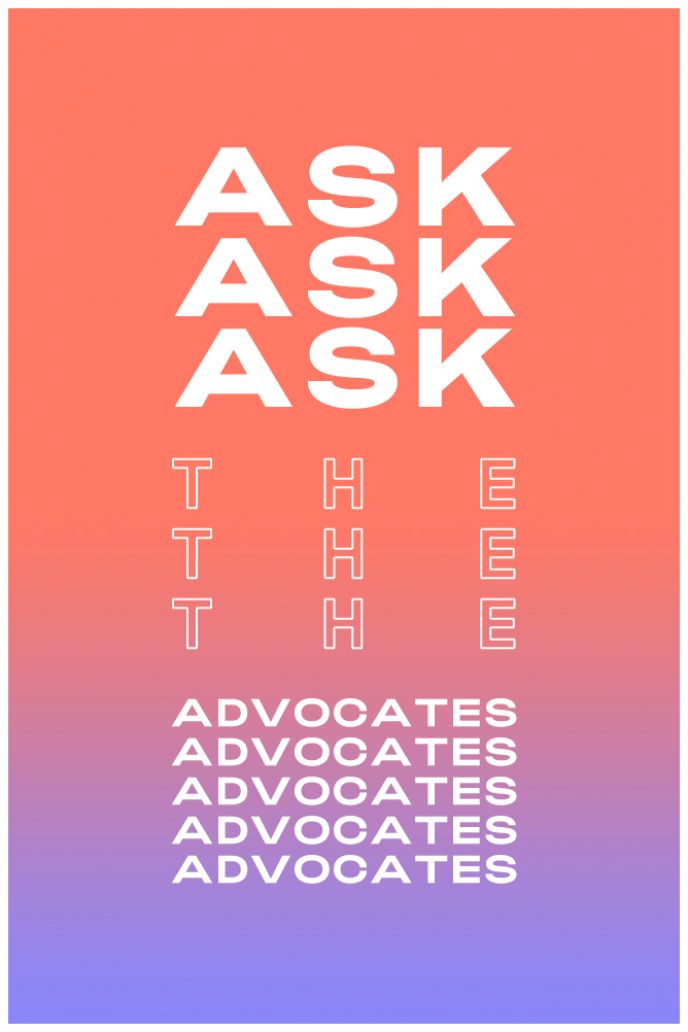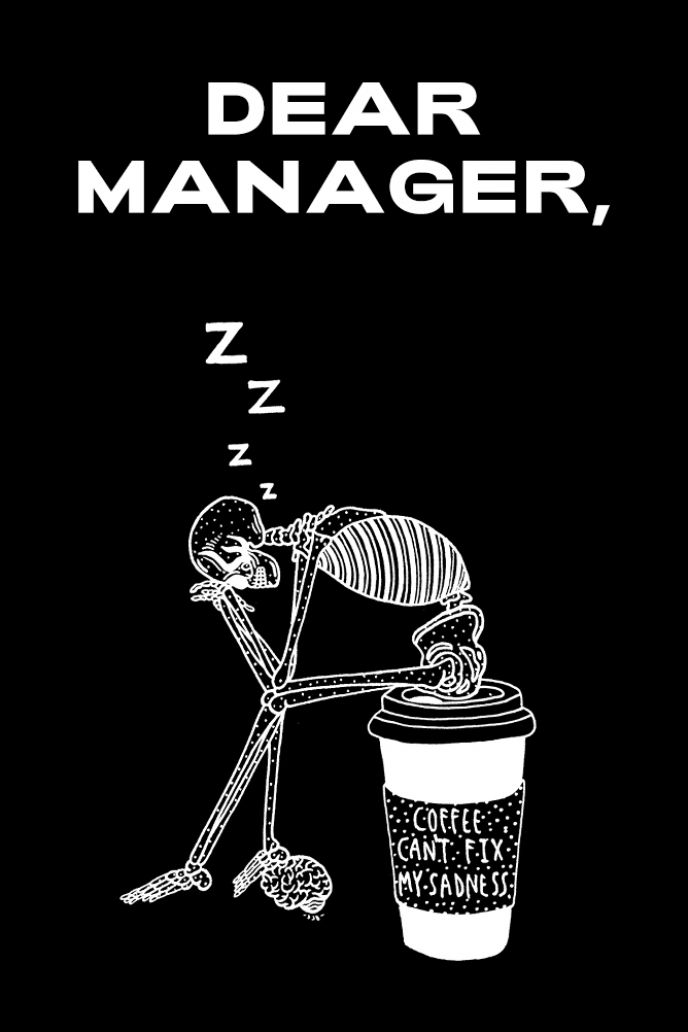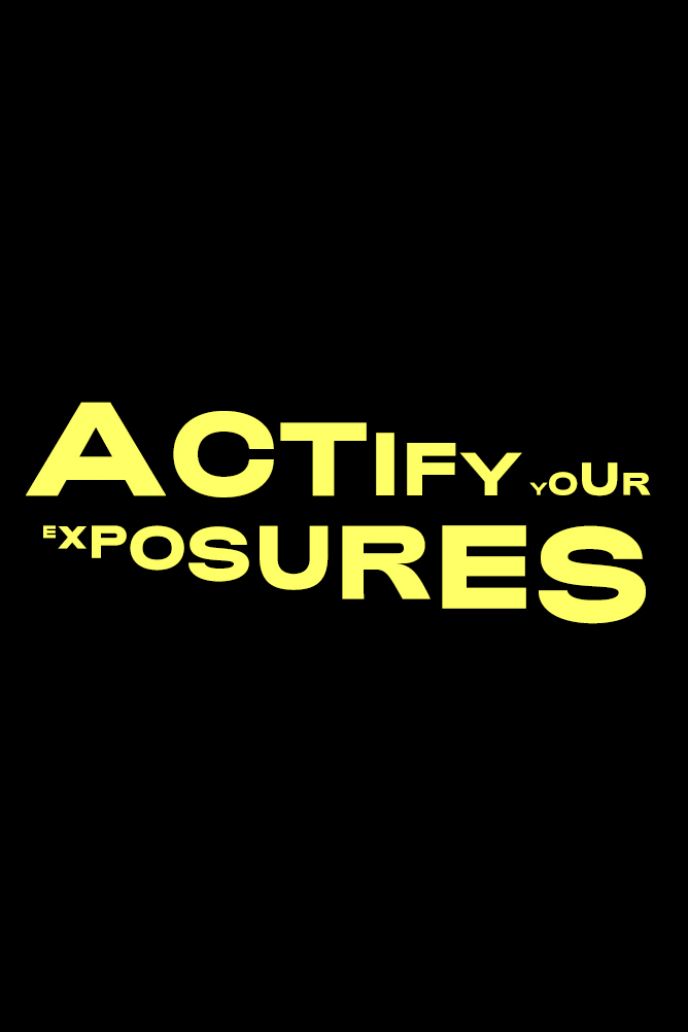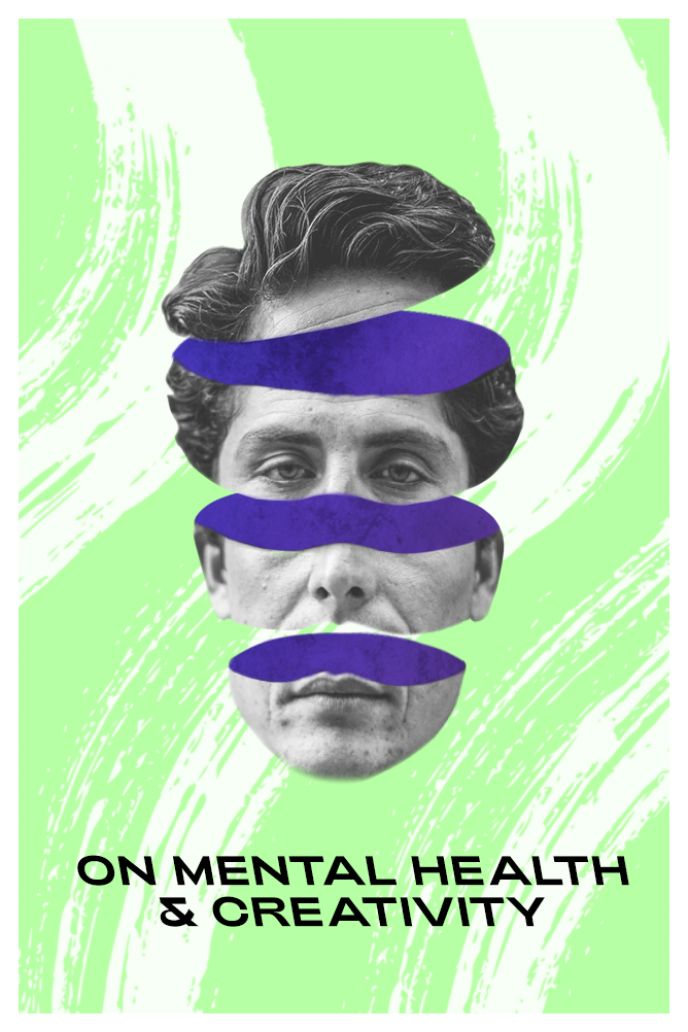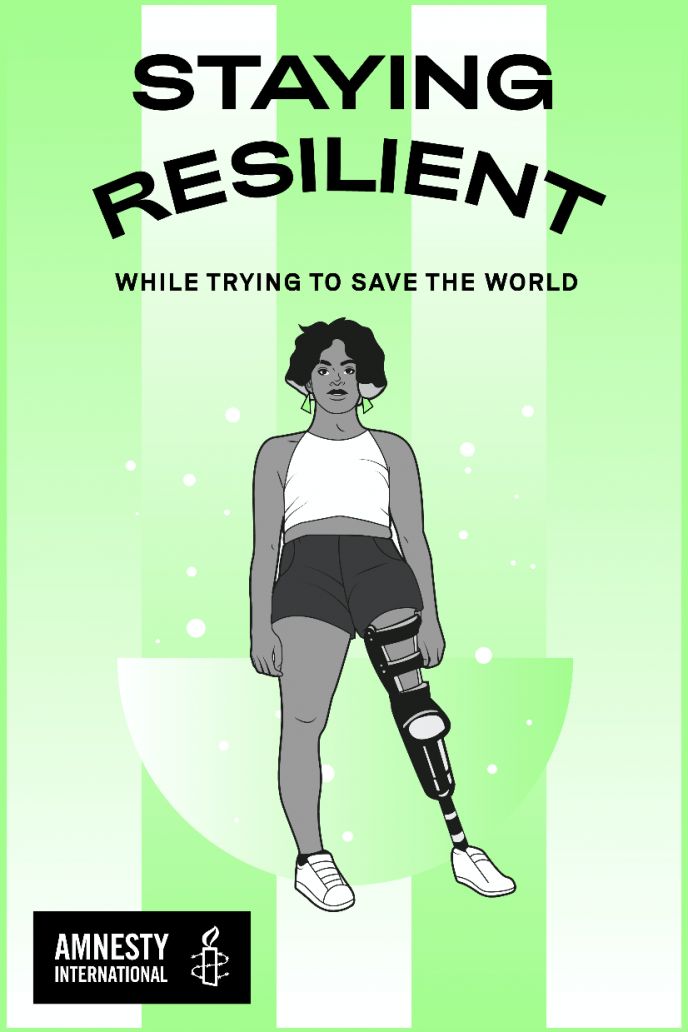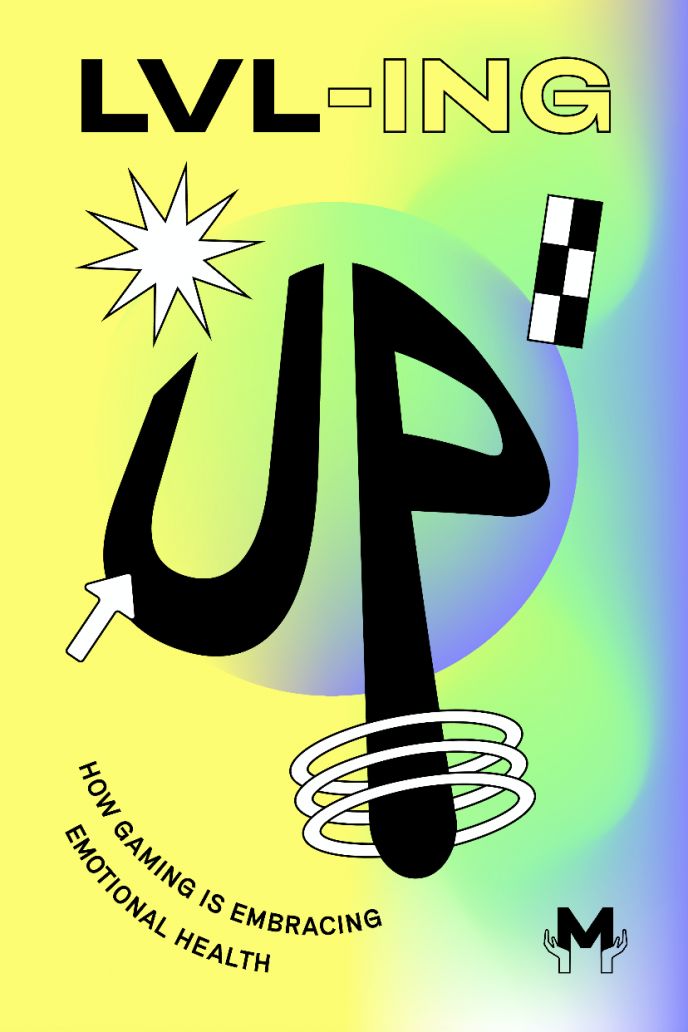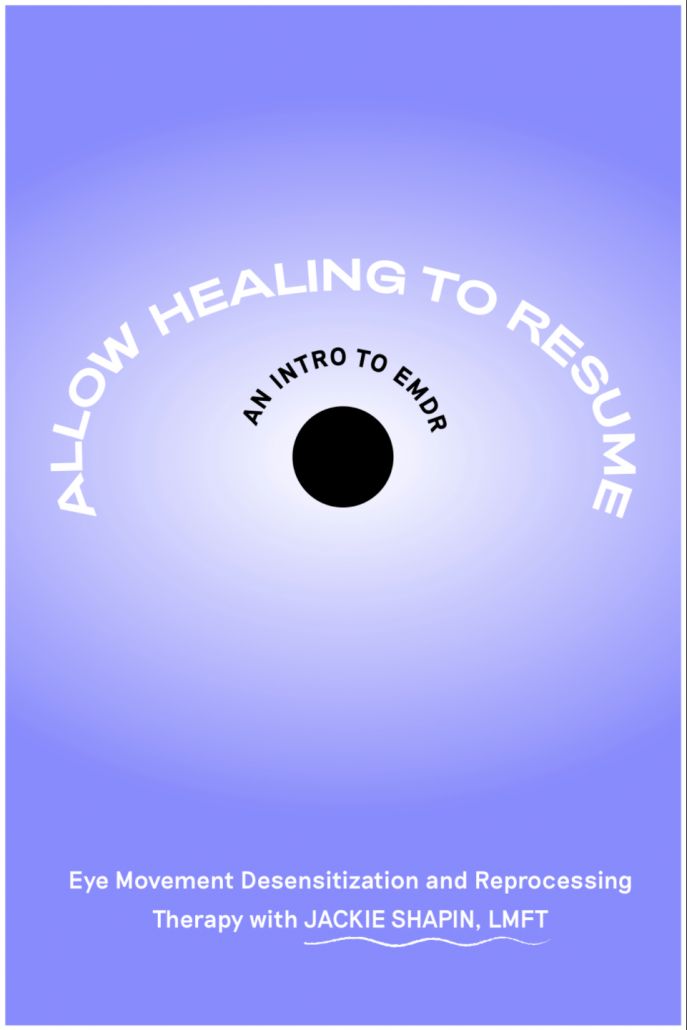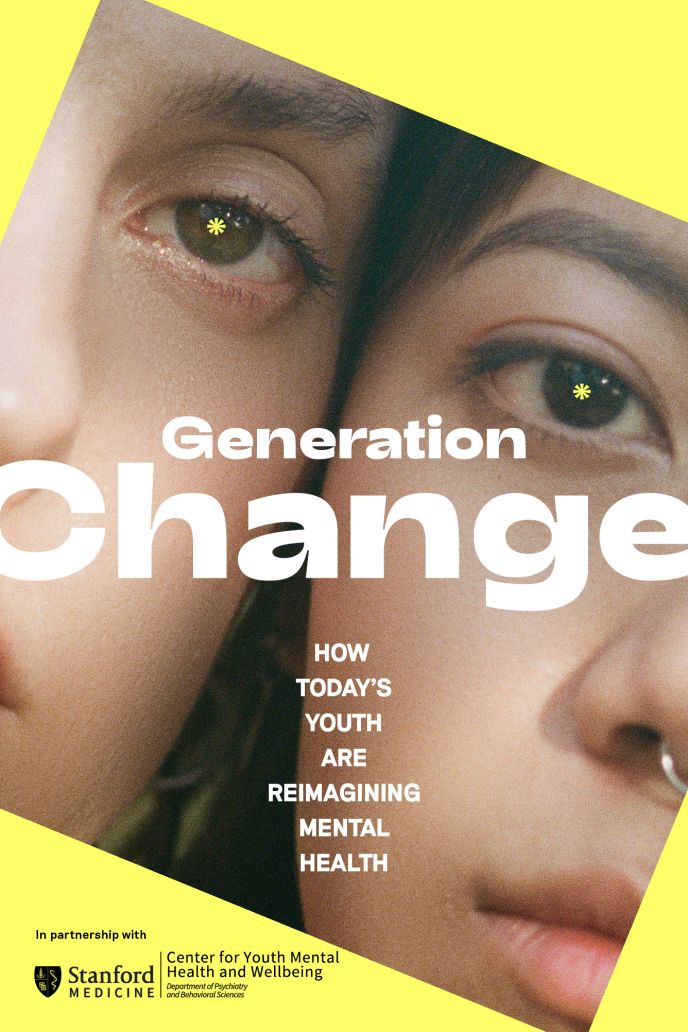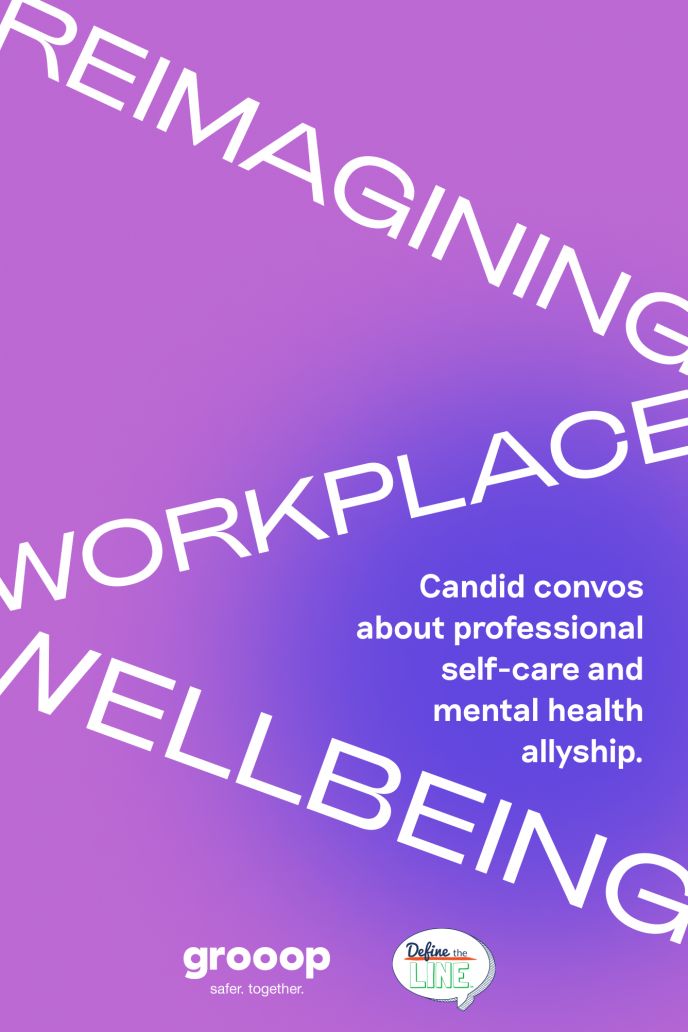How to Find a Pure OCD Expert
Avoid wasting time, money or mental energy on the wrong professional fit
Written by Dr. Tatyana Mestechkina
01 It can be hard to find a doctor who is well-versed in Pure OCD therapy. If you're looking into treatment options, make sure to prepare prior to a consultation.
02 In this article, Dr. Tatyana Mestechkina, a Psychologist based in New York City, shares some personal recommendations.
03 Learn more about Dr. Tatyana and her services here: https://www.drmestechkina.com/
When someone suspects they’re experiencing Purely Obsessional OCD (aka Pure O), they may feel confused about how to get proper help. The process of finding a clinician who is well-versed in OCD therapy can be daunting given the volume of therapists available, and the wide range of therapeutic approaches.
For those looking into OCD treatment, here are some questions you can ask a prospective clinician in order to find a good fit:
1) Are you familiar with Purely Obsessional OCD, or Pure O? If so, have you treated many patients with Pure O?
If the clinician answers, “No, but I have experience treating OCD,” you should gather more information before booking an appointment. The mental compulsions associated with Pure O differ from the observable compulsions (such as hand washing, tapping and checking) associated with traditional OCD. Aside from the symptom presentation, this distinction has important treatment implications. The Pure O clinician must be highly-skilled in treatment strategies that target mental compulsions like rumination, research, investigation, answer-seeking, reassurance-seeking or attempts to push thoughts away.
2) What kind of therapeutic interventions do you practice when working with people with Pure O?
An excellent answer would include any number of the recommended treatments for Pure O, with the most supported being Exposure and Response Prevention therapy (aka ERP). ERP is a form of cognitive-behavioral therapy that teaches patients how to purposefully bring up unwanted thoughts and triggers (an exposure), while simultaneously, refraining from any efforts to engage in compulsive acts (response prevention).
For example, a person who experiences intrusive thoughts about hurting their family members may be asked to hold onto a knife while thinking “I could stab my mother with this.” Another approach, would involve reading a news article about homicide while allowing the mind to conquer up challenging questions that the patient would then have to leave unanswered — something that tends to be quite triggering for individuals with Pure O.
The overarching goal is to treat intrusive thoughts with irrelevance. Often, with practice, people eventually habituate to them. By not engaging with intrusive thoughts as though they are dangerous, a person’s brain is eventually retrained to no longer associate the thoughts with danger. In practice, this is often done by creating an anxiety-hierarchy that ranks exposures from easiest to hardest. A patient starts with exposures at the bottom of the hierarchy. A skillful clinician knows how to coach a person through this process, especially the difficult emotions that can come with performing exposures.
A therapy model, like Acceptance and Commitment therapy (ACT), may be used to supplement ERP. With ACT, there is a focus on changing one’s relationship to their thoughts and feelings by learning to observe them with distance. It’s a model rooted in acceptance, rather than resistance. Techniques may include focusing on the present moment (mindfulness) and value identification exercises.
While ERP and ACT can be effective ways to manage OCD, they are not to be confused with more traditional CBT approaches like cognitive restructuring — the changing or challenging of thoughts. These techniques can be helpful for certain psychological issues, but when it comes to OCD, a rigid or rational approach is often ineffective and can exacerbate symptoms. Rationalizing thoughts requires giving them weight, which can be harmful for OCD sufferers who are learning to accept their intrusive thoughts as they are.
Similarly, psychodynamic approaches, such as analyzing past experiences, are also unhelpful. This process can fuel obsessions and increase their likelihood of recurring. It’s crucial that a doctor understands these differing approaches and the potential harm that can be done by taking an unhelpful path.
3) Is there a "cure" for OCD?
There is no cure for OCD, but with proper treatment, many people can manage the condition effectively. Successful therapy is about gaining a “toolbox” of techniques. In other words, a range of coping mechanisms that a person can use to keep their anxiety at bay. With enough practice — both reactive (when an OCD episode occurs) and proactive (prior to an OCD episode) — a person can learn to manage their symptoms regardless of frequency, intensity or theme.
It’s important to remember that intrusive thoughts are not inherently abnormal. Many individuals without OCD experience them. However, for people with OCD, it’s not just the presence of intrusive thoughts that is upsetting, it’s the fear associated with them. The goal of therapy is to learn to respond to them with irrelevance, despite the “false alarm signal” that is ringing. Any clinician who advertises a “cure” should raise a red flag for the person seeking treatment.
4) Can I expect to practice skills in sessions?
A significant component of any cognitive-behavioral therapy is rehearsal. Therefore, it is often helpful to practice therapeutic techniques in session. Many patients find that real-time coaching during exposure exercises is an effective way to bolster understanding of the treatment, as well as the ability to perform techniques skillfully.
The questions and answers above can be helpful in vetting a clinician. That said, having a strong therapeutic relationship is another important part of treatment success. The therapies I’ve described are not easy. Pure O treatment often requires engaging in things that feel uncomfortable and counterintuitive. Sufferers need to trust and respect their doctors if they’re going to feel safe throughout this process.
In my practice, I tell patients that while I appreciate the vote of confidence in my abilities, I don’t want them to do anything solely because I suggest it. It’s important to build a solid foundation around what OCD is and why treatment matters. That’s why I encourage my patients to ask questions and discuss any confusion directly with me.
For some, it can be helpful to “shop around” for a clinician before choosing who to ultimately start a therapeutic journey with. Here are some resources that may help you in your search:
Support our work
We’re on a mission to change how the world perceives mental health.


